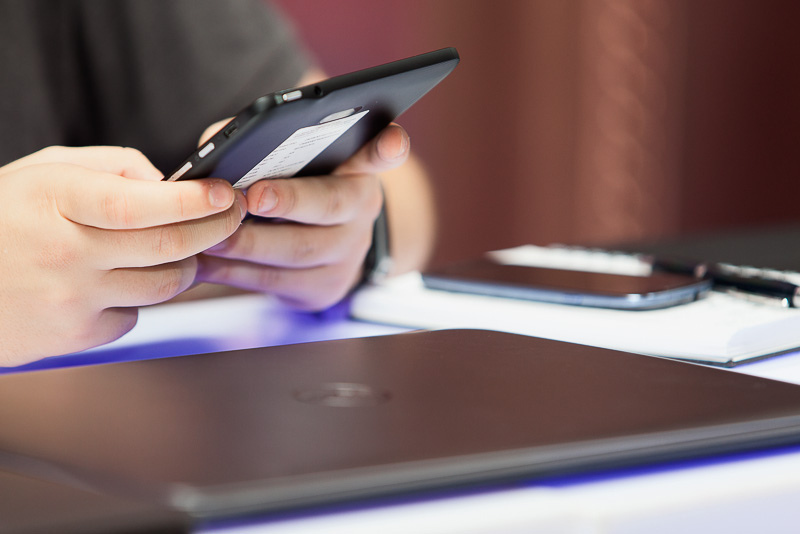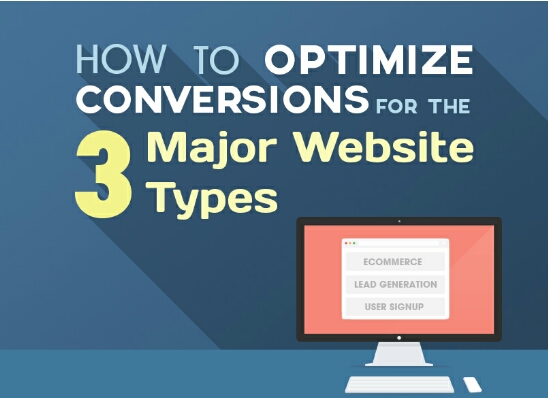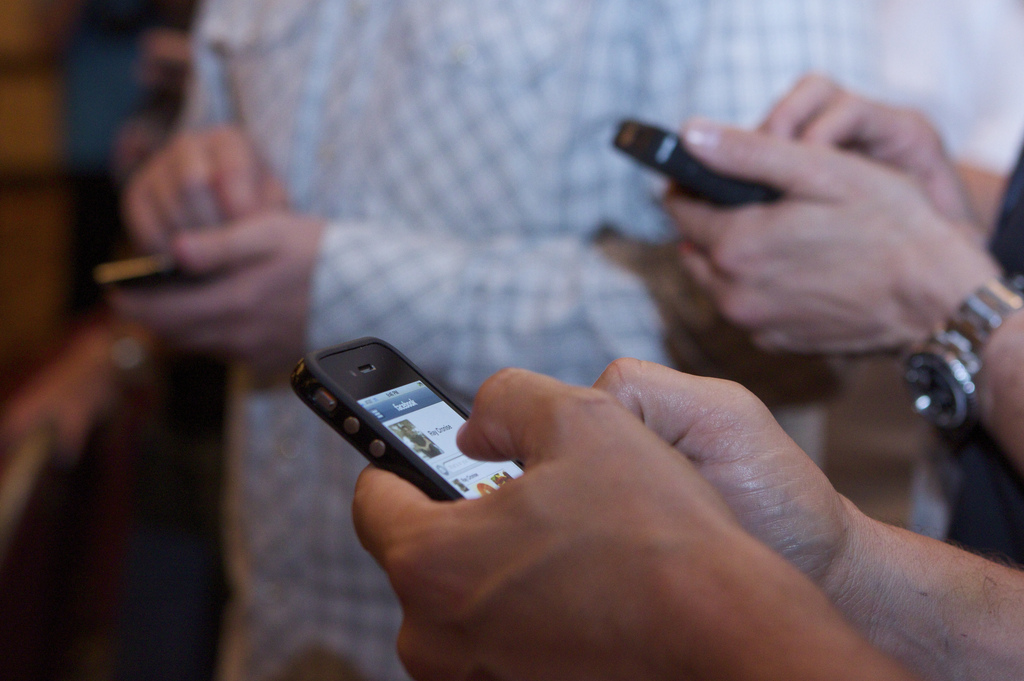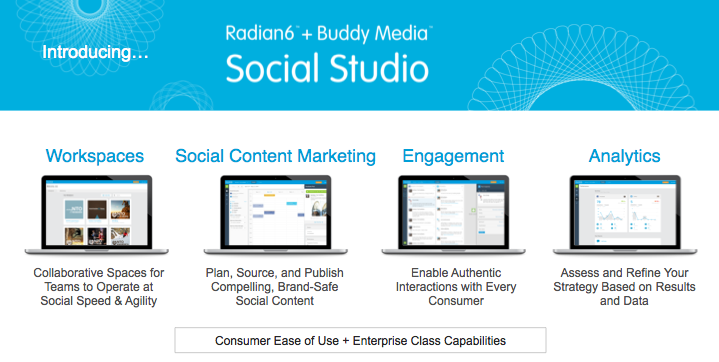Mobile Wars Election 2012: Meet the Independent Party, Windows Phone 8.
For most people there are only two parties in the current smart phone race: Apple with its iOS operating system and iPhone in one corner, and Google with its Droid operating system and army of manufacturing partners in the other. Like the passing of the Whigs political party of old, Blackberry used to rule the smartphone roost with its focus on enterprise support. That time has long passed, however.
While there are still a few Blackberry holdouts (and we have one at Galvin), their numbers are dwindling. Much like the people holding onto their rotary phones and analog TV’s, Blackberry is becoming something that will have a spot in cultural museums like the original cellular phones.
Along with memories of RIM with its Blackberry reigning supreme, many still remember Microsoft’s first foray into the smart phone market. Pocket PC was Microsoft’s first attempt to scale down their successful desktop OS to a mobile device. Originally a PDA operating system, it later evolved into Microsoft’s platform for smart phones. I can remember owning a Casio Cassiopeia during the era of PDAs. It was a neat toy, but not a very functional gadget. Unless you were able to sync it with your computer, the only means of getting data and applications on the device at the time, it was worthless.
When it became time to turn Microsoft-powered devices into phones, Pocket PC was renamed “Windows Mobile.” Windows Mobile became Microsoft’s go to platform for smart phones until Windows Mobile 6.5 was retired in 2010. While improvements were made over the years, general reviews from the people who used these phones were not exactly complimentary. As it turns out, phone freezes and random restarts were not qualities that people were looking for in a mobile phone. In addition, half of the functionality of the operating system required the use of the easily-misplaced stylus, making finger operation difficult at best, and one-handed use of the phone close to impossible. As one of the only smartphone players, Windows Mobile saw just under 50% market share at its peak in 2007. This took the proverbial nose-dive down to around 7% a few years later after iPhone and Android debuted.
Never one to stay in the shadows of irrelevance for long, Microsoft threw away the legacy of Windows Mobile and started from scratch with their latest mobile operating system. Not wanting to be a blatant imitator — as Google had already been with Apple — Microsoft took a completely different approach with Windows Phone 7. Instead of a grid of rounded lifeless application icons, square tiles pull in information from each app. Instead of a generic picture icon for the photo app, Windows Phone 7 scrolls through the pictures on the phone. This, in effect, personalizes your experience with your phone.
When it launched, Windows 7’s feature set seemed to be competing with the features that iOS and Droid had surpassed a couple of generations prior. Things like copy/paste and multi-tasking apps were just two blatant omissions that made WP7 a hard sell initially. The 7.5 update has fixed most of these issues and brought Microsoft a lost closer to their competitors. It seems unlikely that Microsoft will ever grow much past their current 5% market share in the US, however. The platform seems to be playing an eternal game of catch-up to the rest of the industry, even with its unique, personalized UI. In an era where a phone is defined by the apps it runs, not what the core functionality is, WP7 suffers greatly because of its small market share. As an iPhone user I can pretty much guarantee that I will get first dibs on mobile app support. Windows Phones however are an afterthought for most application developers.
Looking ahead, Windows Phone as an upgrade option does not cross most people’s minds. When walking into the local mobile carrier stores, employees will often push people away from Windows Phone 7, even if that’s what the customer came looking for. In a sense, it’s very much like voting independent in a presidential election. Windows phones seem to be tailor made strictly for the minority who want to be “different” and not follow the crowd. As a result, Windows Phone (and by proxy, Microsoft) holds little influence when it comes to directing the future of the mobile market.
Despite these forecasts of gloom and doom, you would be hard pressed to find an existing user who is not happy with their WP7 after the 7.5 upgrade. The general consensus seems to be that, while interface takes some getting used to, once you have customized it to your liking, switching applications and using built in functions like the camera were far simpler and more natural than the iOS and Android counterparts.
With my iPhone 4 starting to show its age, and with the general consensus that iOS 6 is rife with bugs and quirks more reminiscent of days of Windows 95 than the 6th version of a mature Apple product, upgrading to the latest flavor of iPhone is no longer a given. It’s been bad enough that, in my case, I am willing to risk losing all the money I have invested in the iOS ecosystem and jump ships to the Microsoft camp. Microsoft has made a compelling enough case with the its new focus on the user that it might just convert a longtime iOS user. Unproven and without the comfort of “there’s an app for that,” they already have a platform that is new and unique. It’s a compelling case that I know I am not alone in considering.
Microsoft’s take on iCloud, called SkyDrive, seems to be on par than its competitors, if not slightly ahead. The document integration across platforms, and being able to pick up instantly where you left off, is compelling — though in the real world I am prepared for the usefulness and functionality of this feature will vary from the showcase demos Microsoft did.
The most unique and useful feature thus far is undoubtedly the Kid’s Corner. This consists of a special start screen and set of apps with limited access to the rest of the phone in order to prevent the wee ones from getting into things they shouldn’t Microsoft took an unusual approach on introducing this feature by both bringing out the presenters children, and later Jessica Alba. Kid’s Corner would have prevented an incident where her child got ahold her phone and tweeting a rather jumbled post. While designed for parents, those without children will certainly fine a few uses for this added functionality.
On the front of 3rd party apps Microsoft made a point that they are aggressively trying to get all the major app makers on board with their platform. They claim to have 46 of the top 50 applications out there that people use and actively trying to fill the gap. Several sites have “fact checked” Microsoft’s claim and have found it to be fairly accurate. The star for Microsoft of this announcement was that Pandora was finally getting a Windows Phone app, and that with WP8, users get a full year of premium service for free.
On the hardware front Nokia, HTC, Samsung have announced their launch devices, and each has received positive feedback in terms of spec sheets, design goals, and initial first impressions. Most sources say that by mid-November, the major US carriers will have their WP8 devices out, just in time for the Holiday rush. Official dates in the US are seemingly impossible to get for AT&T and Verizon making people who are holding out just a bit anxious. No word yet on whether Microsoft will enter the fray with its own “Surface” branded phone or not, but that would certainly be a game-changer if they did.
Will Windows Phone 8 make a name for itself in market share when it gets released? The hard answer is that Microsoft will, at best, re-capture 20% of the market. However, if it can get even half of that against the established giants, I would call Windows 8 a win for Microsoft. On the other hand, if the new generation fails to even attain WP7’s anemic numbers, then it could be the nail in Microsoft’s proverbial mobile coffin. Personally, I think Windows 8 has a solid chance of breaking 10%, and there is a good chance I will be part of that minority group of users when it does. Still, time will tell how this election pans out as people upgrade over the holiday season.
For most people switching to a new party comes with often amusing history. With the modern cell phone becoming the central source of how people access information, people are often very passionate about their opinions, and often based bad history. Tell us about the favorite or worst experience with a smart phone?
Images from:
Old cell:
Cassiopeia: http://ecx.images-amazon.com/images/I/41XAW2BBM4L._SL500_AA300_.jpg
Wp7: http://cdn6.digitaltrends.com/wp-content/uploads/2010/11/windows-phone-7-device-logo.jpg
Ios oops: http://media.bestofmicro.com/ios-maps-berlin,S-Q-353546-22.jpg
Alba tweet: http://www.engadget.com/2012/10/29/windows-phone-8-event-liveblog/
Wp8 phones: http://www.cnet.com
Surface phone: http://arstechnica.com/gadgets/2012/10/a-microsoft-phone-the-wrong-move-at-the-wrong-time-for-the-wrong-reasons/












